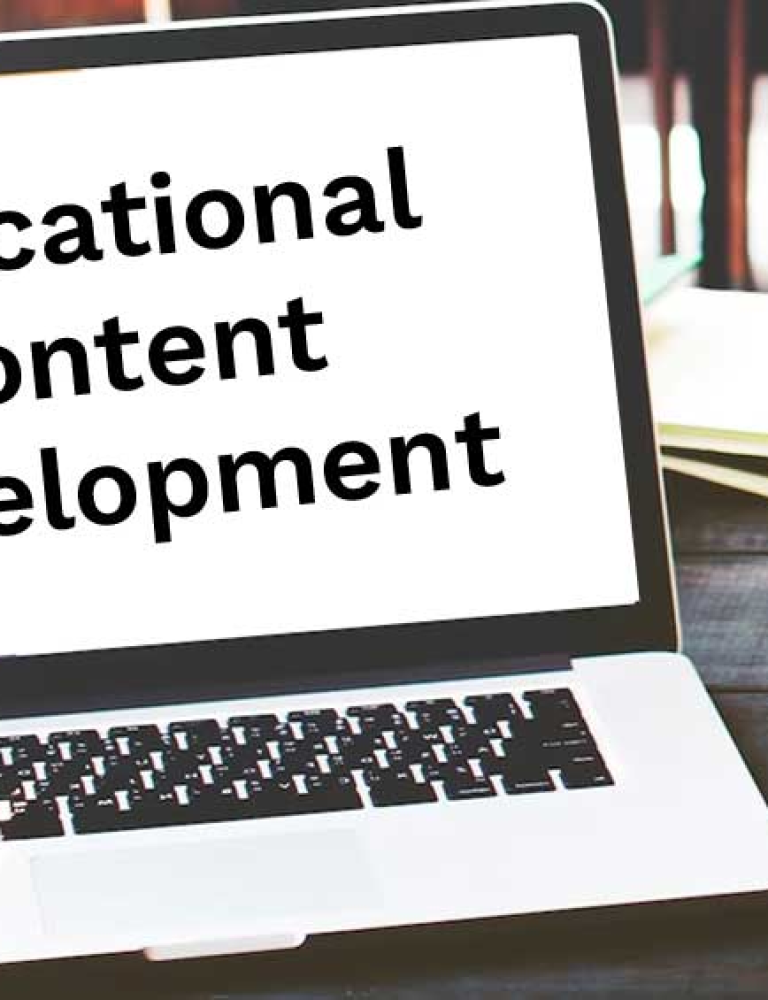Educational content is thriving. Given the strong demand in consumption, educational content is being created rapidly in several formats, such as videos, blogs, white papers, eBooks, quizzes, textbooks, and more. But as this content grows, there is a crucial element that is often overlooked – what about the quality and value of the content?
To ensure students get the knowledge and skills they need through the content, institutions must follow set processes and guidelines known as academic standards. These serve as the guiding principles that define what students should know and be able to do at various grade levels. These standards provide a benchmark for educational excellence, ensuring learners receive a well-rounded and comprehensive education.
To explore this in-depth, let us look at why academic standards alignment is crucial for maintaining content quality and some tips to help your educators embrace these compliance requirements.
Table of Contents
I. What is Academic Standards Alignment?
II. Common Challenges in Academic Standards Alignment
III. Tips for Educators to Overcome These Challenges
IV. Final Thoughts
What is Academic Standards Alignment?
Academic standards alignment is the process of ensuring that all aspects of the learning experience, including curriculum, instruction, and assessment, align with the academic standards students are expected to meet. This ensures that students can easily learn and master the skills and knowledge they need to be successful in college and careers.
When education is aligned with academic standards, students receive a comprehensive and consistent learning experience, regardless of their platform, institution, location, or background. Thus, learners can focus on gaining skills and competencies for their grades without having to worry about different formats or standards that are used to track educational progress.
Academic standards alignment can include several rules and regulations, depending on the type of institution or target audience. For example, meeting accessibility compliance requirements is essential for academic websites or platforms. By simply meeting these accessibility regulations, you can facilitate learning for people with disabilities, estimated to be 1.3 billion of the global population.
Common Challenges in Academic Standards Alignment
With the rise in online education and the world returning to traditional classroom learning, academic standards alignment is not without obstacles. Educators face several common challenges in their efforts to align instruction with standards. Some of these challenges include:
- Lack of clarity: Since multiple platforms and formats are created to provide varied learning options, it is challenging for educators to know the requirements and instructions for each format.
- Too many standards: Even within traditional classroom learning, the number of academic standards has grown significantly in recent years. This makes it difficult for educators to keep up and ensure that all standards are adequately addressed.
- Mismatched assessments: Assessments may not align with the standards they are intended to measure, leading to inaccurate and misleading information about student progress.
- Lack of resources and support: Educators may not have the time, resources, or support they need to develop and implement aligned curriculum and instruction.
Since there are several do’s and don’ts in educational and instructional publishing, educators should focus on having a learning management platform to help streamline these efforts.
Digital textbook platforms like KITABOO can help craft educational content and convert physical textbooks into rich multimedia content such as images, video, audio, augmented reality, and more to provide immersive learning experiences.
With DRM protection and integrations with your LMS, you can even meet copyright, data protection, and educational compliance standards. Thus, educators can craft highly engaging content while ensuring it is value-driven and meets academic standards.
Tips for Educators to Overcome These Challenges
Educators are crucial in guiding, setting, and enabling high educational standards. They are the gatekeepers of knowledge and ensure students get the highest quality of education, be it in the classroom or via online learning methods.
To help educational institutions and content creators meet academic standards alignment, here are a few simple tips to get the job done:
1. Identify the Standards
The first step in addressing the challenges of standards alignment is to identify the specific standards that students are expected to meet. Educational standards can be different depending on the geography, grade, subject, and type of educational content being created.
For example, to create content for K-12 students, educators should consult their instructional resources or compliance standards documents. These documents typically list the standards by grade level and subject area, and they may also guide how to interpret and implement the standards.
2. Curriculum Mapping
Once educators have identified the relevant standards, they can map their curriculum to them. This process involves identifying the specific curriculum elements (e.g., lessons, units, projects, assessments) that will be used to address each standard.
For this, educators can use a variety of tools and resources to help them, including:
- Curriculum Development Guides
- Curriculum Mapping Templates
- eBook & Digital Textbook Tools
3. Collaborative Planning
The adage, “It takes a village to raise a child,” rings true in education as well. Collaboration among educators is crucial in achieving academic standards alignment.
When educators work together to plan their curriculum and instruction, they can ensure that everyone is on the same page and that teaching and learning are aligned with the standards. Collaborative planning can occur at various levels, including grade levels, departments, and schools.
Educators can use a variety of strategies for collaborative planning, such as:
- Grade-level or departmental meetings
- Curriculum committees
- Professional learning communities
4. Understand the Role of Technology
Technology plays a crucial role in supporting academic standards alignment. There are a variety of educational technology tools and resources that can be used to help students learn and master the standards.
For example, educators can use different tools to:
- Deliver instruction
- Provide students with opportunities to practice and apply new skills
- Assess curriculum and track progress
- Manage their learning documents and projects
Depending on the tools used, educators should understand the proper settings and standards for each platform. The ideal process is to choose tools and platforms that understand and comply with academic standards, ensuring you only focus on content quality rather than getting into the details of compliance requirements.
Final Thoughts
Addressing the challenges of academic standards alignment is no easy task. There is no one-size-fits-all solution, and educators must adapt their strategies to meet the specific needs of their students and schools. However, by following the tips above, educators can make significant progress toward achieving alignment and ensuring that all students have the opportunity to succeed.
With digital learning platforms like KITABOO, educators can seamlessly integrate and enhance their existing content to offer students highly engaging digital experiences. The platform helps you streamline educational content as per academic standards and ensures that you can provide highly engaging content in formats like MCQs, flashcards, quizzes, chapter summaries, and more using AI-powered assistants.
Creating educational content is faster and more streamlined without the constant worry of aligning with modern academic standards. To learn more about our AI-driven digital textbook platform, please contact us at KITABOO@hurix.com.
Connect with our experts for further details!
Suggested Reads:
Discover How An Ebook Conversion, Publishing & Distribution Platform Can Help You
Kitaboo is a cloud-based content platform to create-publish & securely distribute interactive mobile-ready ebooks.
You May Also Like
-
Teaching Materials Development: A Step-by-Step Approach
Blog,Digital Publishing,eBook solution / February 13, 2024
-
From Idea to Impact: Educational Content Development
Blog,Digital Publishing,eBook solution / January 10, 2024








